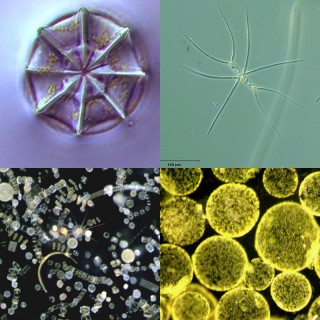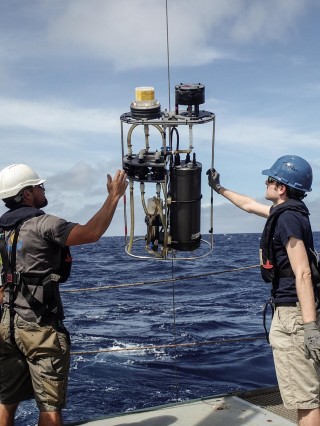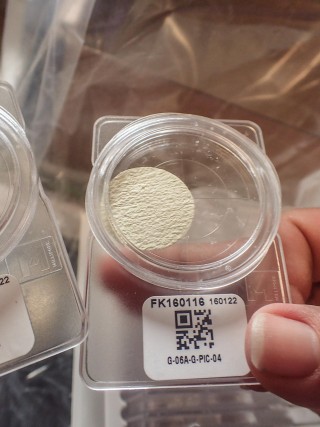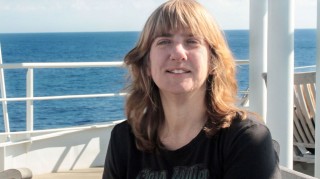Plankton are a miracle because they are made up mainly of protists which are single cells. Protists come in thousands of shapes and sizes ranging from microns to millimeters. They can have silicate scales, frustules or loricas. They can have pseudopods, flagella or cilia. They can live in colonies of many cells together, act as symbionts or have many life cycle stages. But they are always one cell.

Plankton exists in so many different forms – both morphologically and metabolically. Different genera fit perfectly into their niches by design of visible features like spines for floating, cilia for grabbing food, or flagella for swimming. They also have strategies for surviving that are not so visible, such as being nitrate tactic (sensing where to get nitrogen), partitioning intracellular nutrients for different metabolic processes, and even inventing their own metabolic pathways based on their environment.
One single cell that can adapt to its environment and carry out complex survival strategies. Not to mention they are beautiful, coming in brilliant colors like hot pink or pastel green. They can turn entire bodies of water red, green or brown. They live in communities and interact with each other. How can a single cell do all of these things?

Plankton is interesting to me because it is one of nature’s amazing creations that plays a very important role in the Earth’s ecosystems. It supplies over half of the Earth’s oxygen, making life as we presently know it possible.
Plankton are endlessly variable in their shape and function, so there is always something amazing to learn about them.
Plankton in the Face of a Changing World
My main focus on this cruise is to collect McLane pump samples for proteins. McLane pumps are able to pump hundreds of liters of seawater onto filters. We use filter sizes of 0.2, 3.0 and 51 microns. These filters collect different fractions of the microbial community.

We will be collecting many of these samples from a variety of depths across approximately 16 different stations. When these samples are processed back in the lab, the data will show us the proteome of our transect in the Pacific. We will correlate the expressed proteins with the ocean chemistry. This data gives us a better understanding of how the microorganisms are interacting and reacting with the oceans chemistry. We can then better interpret how changes in global carbon dioxide and temperature might impact the ocean ecosystem. We can take a very large snapshot of the inner mechanics of the roles that plankton plays in maintaining the Earth’s ecosystem.
Change and Balance
My main concern is that these environmental parameters are changing, as so many ecosystems are. The OMZ has a very sensitive balance. Certain microorganisms live at specific depths and/or temperatures. When the OMZ expands, all of these environmental parameters shift. This causes the plankton to have to adapt, migrate or evolve and can stress their systems.

When one organism is affected, it usually causes a chain reaction. For example, if a protist (plankton) has to live a couple of degrees above its normal temperature, its physiology may get stressed out. Then perhaps it does not divide as often. This can then cause a food deficiency to the grazers below. The OMZ is a very stratified environment – expansion causes an imbalance to the system that is in place. Excessive expansion causes an imbalance to surrounding oxygenated ecosystems as well.
I wonder: when does a system stop being able to adapt, reaching its breaking point?

